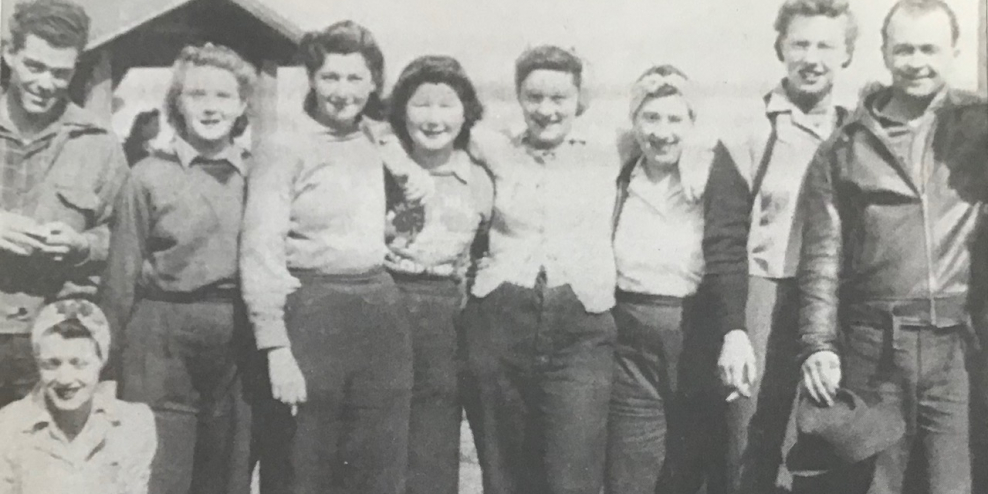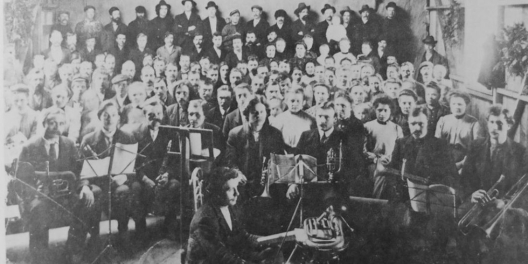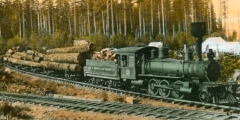Most of us have heard some version of how World War II was a key part of establishing equality for women.
When so many men went off overseas, women picked up all the empty jobs that suddenly needed filling.
It let them into spaces they’d never been allowed to occupy before and was a phenomenon all across North America at the time.
But, have you heard of the Plywood Girls?
They were Port Alberni’s first-ever female mill workers, and they were a feisty bunch at that.
Dubbing themselves with nicknames like “Chipman” and “Deforest,” they stepped up into roles that were previously considered only fit for a man’s feet.
Treatment on the job was still far from equal, but the girls were well-motivated despite this.
Many historians say patriotism was the primary factor that brought women to the mill.
Most of the women had brothers or boyfriends fighting overseas.
Everyone was feeling great concern for their loved ones and wanted to help them in any way they could.
The late Elsie Paul, one of the original Plywood Girls, was quoted by Susanne Klausen, who interviewed many Plywood Girls for her PhD.
She had a lot to say about how important it felt to support the troops however they could. “We were all so patriotic. We thought we got to do this for our country and the boys.”
Another woman, Shirley Kickbush, stated similarly: “It felt great, especially when you have brothers overseas. You figured you were doing something worthwhile.”
They certainly worked just as hard at raising “Victory Bonds” as they did at wood milling. They won the first Three Star Pennant in the area for boosting sales by 143 percent of the quota!
But no one can live off patriotism. According to most of the women, financial motivation was the real draw.
Despite being offered pay of only 37 cents an hour to a man’s 50 cents, Macmillan Bloedel’s plywood plant easily attracted droves of women.
Most of the women had actually migrated all the way from the prairies for the job.
Thirty-seven cents might not sound like a lot, but at the time, it was considered a very good wage.
“I just went for the money. My mother was scrubbing floors in my school and that really didn’t sit well with me,” said Kickbush.
Another said, “The mill was a great lifesaver for all of us girls. We were so damn poor that to have a little of our own money—ahh”.
Ahhhh is right! We all know that feeling when you finally get your paycheck.
But after living through the Great Depression, moving across the country, and being raised with a “women’s work is in the home” mentality—that Ahhhh hits different.
They were pioneers, opening the door for others to follow.
By August of 1942, the mill’s 280 employees were equally divided between men and women.
After the war, when the boys came home, many of the girls continued working there alongside of them. A lot of those men protested their new coworkers. Slow learners, sigh.
Equal pay didn’t come until later, but it likely never would have if not for all their hard work and the tough mentality they showed on the job.
While the mill has long since closed, the legacy these women fought to bring into the future has created an entirely different world for Canadians.
We tip our hats to “Deforest,” “ChipMan,” and all of the other Plywood Girls.
Thank you for securing the bag, and handing it forward.









